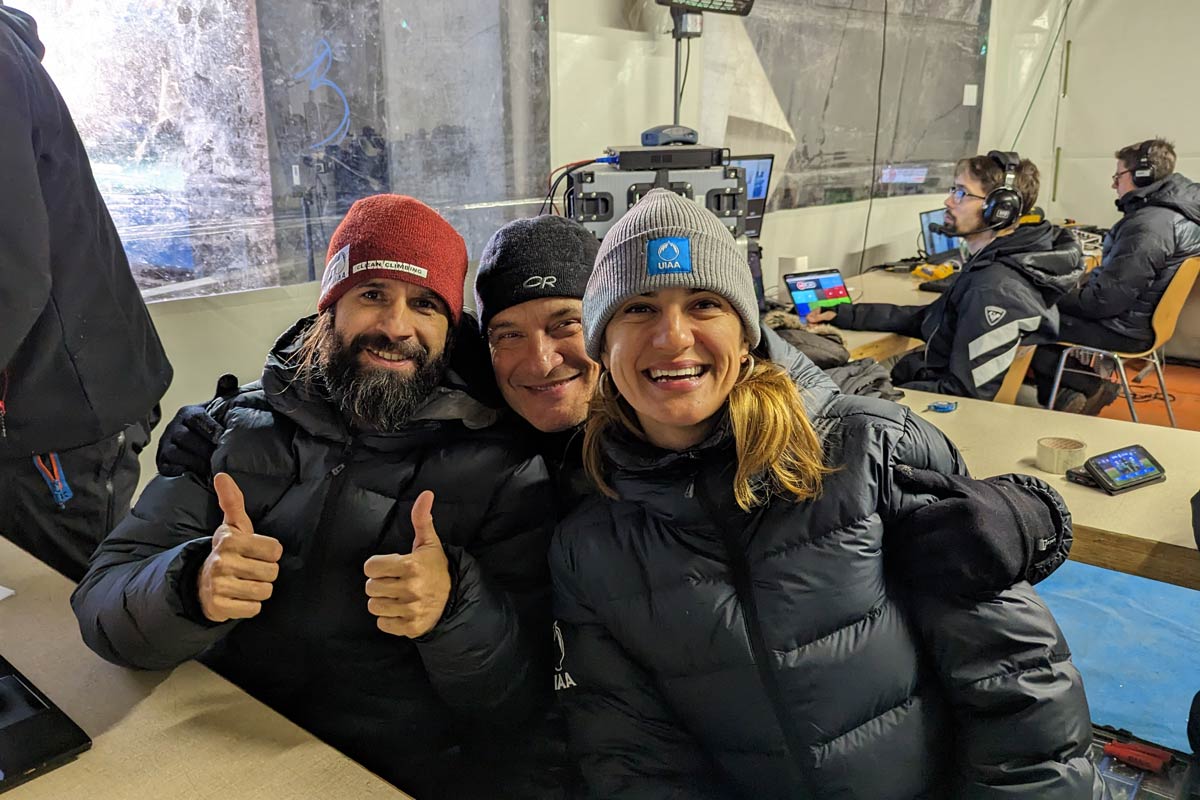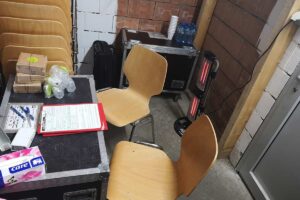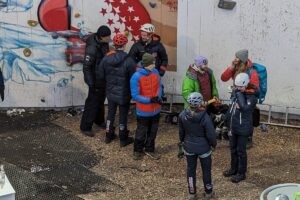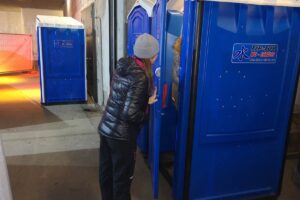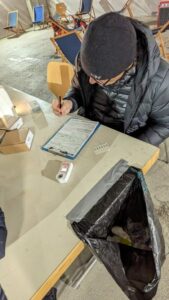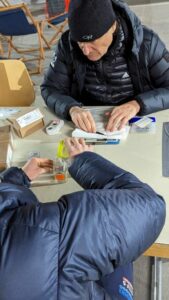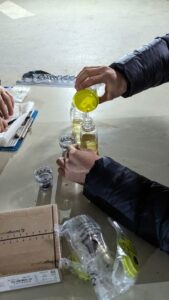The UIAA Anti-Doping Commission, fresh from supporting UIAA Ice Climbing events in South Korea, France and Switzerland, is renowned as one of the most proactive federations in implementing the latest World Anti-Doping Agency (WADA) code and regulations. It is equally respected for its wide knowledge and innovative programmes including educational resources offered to competition ice climbers.
Led by President Marija Andjelkovic and Vice President Nenad Dikic, both from Serbia, they bring significant expertise in anti-doping programmes from a number of international sporting events. The Commission also supports UIAA Unit Member, International Skyrunning Federation.
The UIAA Anti-Doping team performed 12 in-competition controls and four out-of-competition controls during the UIAA Ice Climbing World Cup season. A total of 131 athlete licenses were granted this season meaning that around 12% of the athlete community were tested.
The Commission has recently shared the following step by step guide to a doping control process at a UIAA Ice Climbing World Cup event.
At the outset, this should be emphasised: the integrity of the sample is always key. A departure from these procedures would not necessarily invalidate a test result unless a sample integrity has been affected.
- ATHLETE SELECTION
An athlete can be selected for doping control at any time and any place. The selection can be made by place, target or random.
- NOTIFICATION
A Doping Control Officer (DCO) or chaperone will notify an athlete that they have been selected for doping control. The DCO or chaperone will inform the athlete of their rights and responsibilities. These include the right to have a representative present throughout the process.
The athlete will be asked to sign a form confirming that you have been selected for doping control.
- REPORTING TO THE DOPING CONTROL STATION
The athlete should report immediately to the doping control station.
The DCO or chaperone may allow the athlete to delay reporting to the station for an activity such as a news conference or to complete a training session.
However, once an athlete has been notified that of their selection for doping control, the DCO or chaperone will accompany them until the completion of the sample collection process.
- SELECTION OF A COLLECTION VESSEL
The athlete will be given a choice of individually sealed collection vessels. The athlete may select one. The athlete should verify that the equipment is intact and has not been tampered with. The athlete should, at all times, maintain control of the collection vessel.
- PROVIDING A SAMPLE
During the sample provision, only the athlete and the DCO or chaperone of the same gender are permitted in the washroom.
The athlete will be asked to wash their hands.
The athlete will then be asked to raise or lower your clothing so that the DCO or chaperone has an unobstructed view while the athlete provides the sample.
- VOLUME OF URINE
The DCO shall ensure, in the athlete’s full view, that the athlete has provided the minimum required volume: 90 mL. If at first the athlete is unable to provide 90 mL, they will be asked to provide more until that level is met.
- SPLITTING THE SAMPLE
The athlete will be given a choice of individual sealed sample collection kits. They choose one. The athlete should verify the equipment is intact and has not been tampered with. The athlete then opens the kit and confirm the sample code numbers on the bottles, the lids and containers all match.
The athlete splits the sample, pouring at least 30 mL into the B bottle and the remaining urine into the A bottle. The athlete will be asked to leave a small amount in the collection vessel. The reason for this is so the DCO can measure its specific gravity. The athlete pours the urine themselves unless you ask for help. In this instance, the athlete will need to provide consent for your representative or the DCO to pour on their behalf.
- SEALING THE SAMPLES
Next, both the A and B bottles are sealed. The athlete (or their representative) and the DCO should verify that the bottles are sealed properly.
- MEASURING SPECIFIC GRAVITY
The DCO is required to measure the sample‚ specific gravity. If it does not meet certain requirements, the athlete will be asked to provide another sample.
- COMPLETING THE DOPING CONTROL FORM
On this form, the athlete should provide information about any medication, prescription or non-prescription or dietary supplements they have taken recently.
This form is also the place to note any comments the athlete may have regarding any part of the doping control process.
The athlete will be asked whether you consent to have their sample used anonymously for research once the analysis of doping control purposes is completed. They may say yes or no.
The athlete is asked to make sure that they absolutely certain everything is correct, including the sample code number and to make sure, too, that the laboratory copy of the form does not include any information that could identify them. The athlete signs the form.
At the completion of collection, the athlete will receive a copy of your doping control form.
- THE LABORATORY PROCESS
The athlete’s samples are packed for shipping by a secure process.
The athlete samples are sent to a WADA-accredited laboratory. When processing the samples, that lab will adhere to the International Standard for Laboratories, ensuring the chain of custody is maintained.
The A sample is analysed.
The B sample is securely stored. It may be used to confirm an Adverse Analytical Finding from the A sample.
The lab will report the results of the sample analysis to the responsible Anti-Doping Organisation and to WADA.
What about blood sample collection?
The same conditions that apply for urine sample collection also apply to the collection of blood samples with regard to notification, identification, escorting and explanation of the procedure.
What modifications exist for minors and athletes with a disability?
Notification
In the case of a minor or an athlete with a disability, when they are about selection for doping control, a third party may be notified of that selection as well.
Providing A Sample
Minors and athletes with a disability may also have their representative present. However, this representative is not allowed to view the sample provision. Why? The objective is to ensure the DCO is correctly observing the sample provision.
If the athlete decides not to have a representative present, the ADO or DCO may ask a third party to be present.
For full details about the UIAA Anti-Doping Commission click here.
For further information on the UIAA Ice Climbing World Tour please visit the dedicated website.
Main photo: Alex Paun (UIAA Ice Climbing Results Manager), Nenad Dikic (UIAA Anti-Doping Commission Vice President) and Marija Andjelkovic (UIAA Anti-Doping Commission President)

